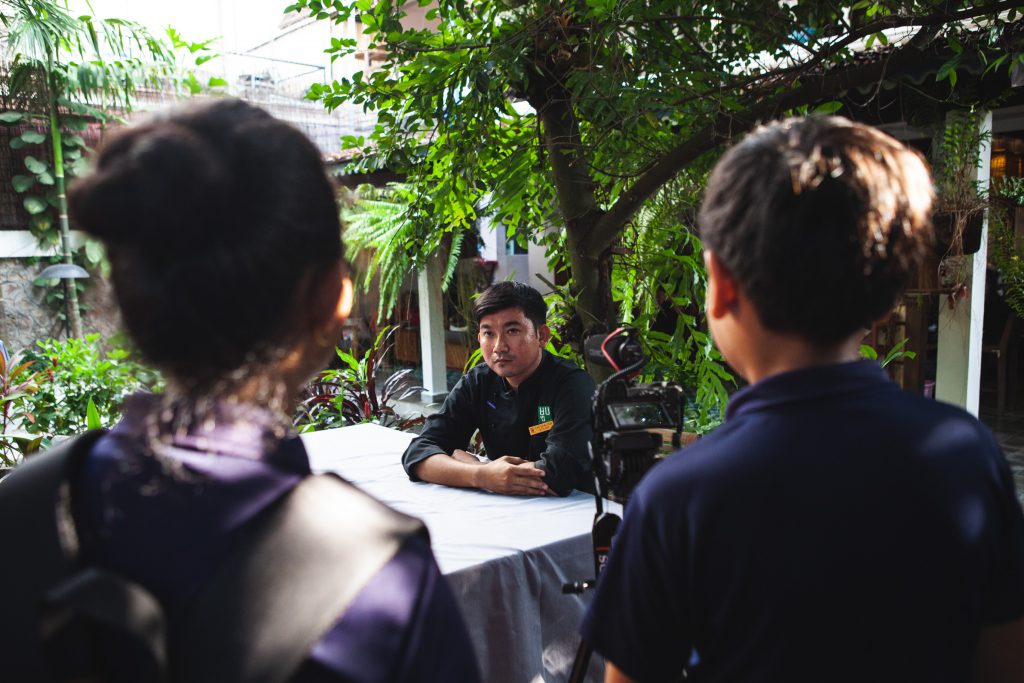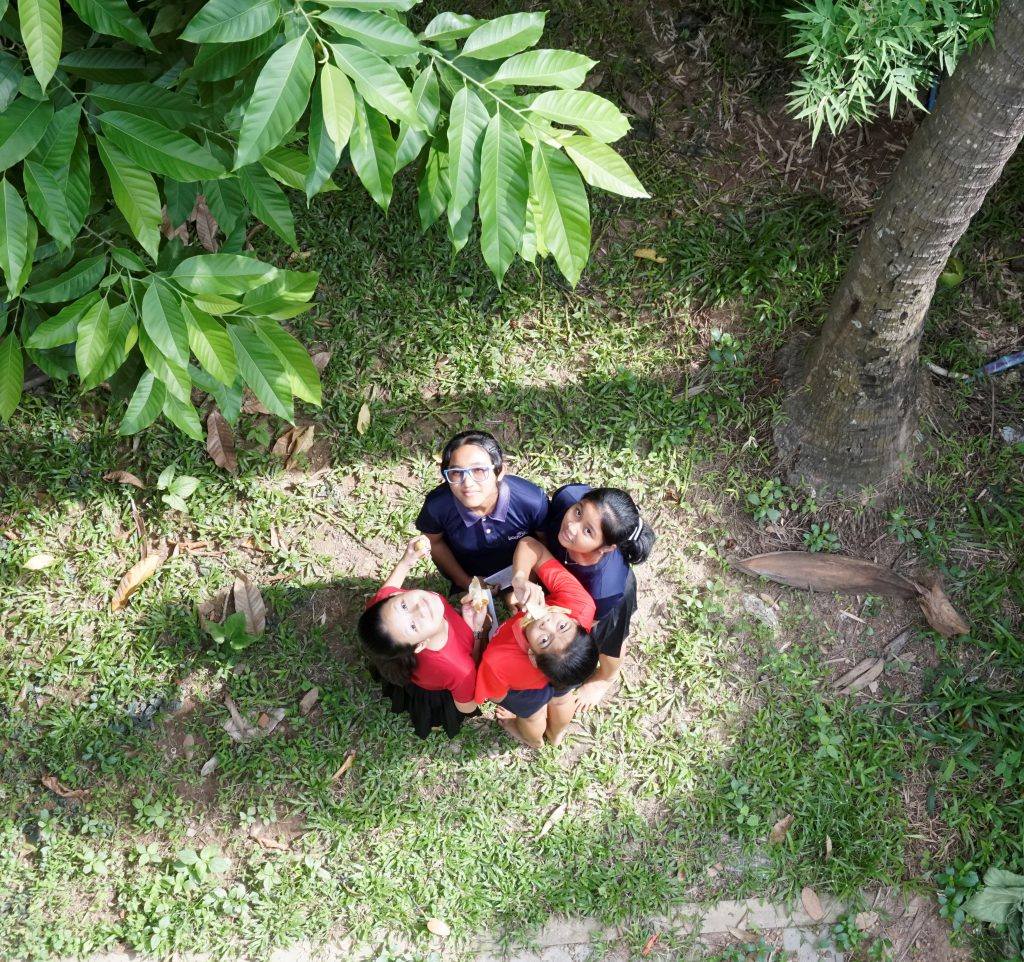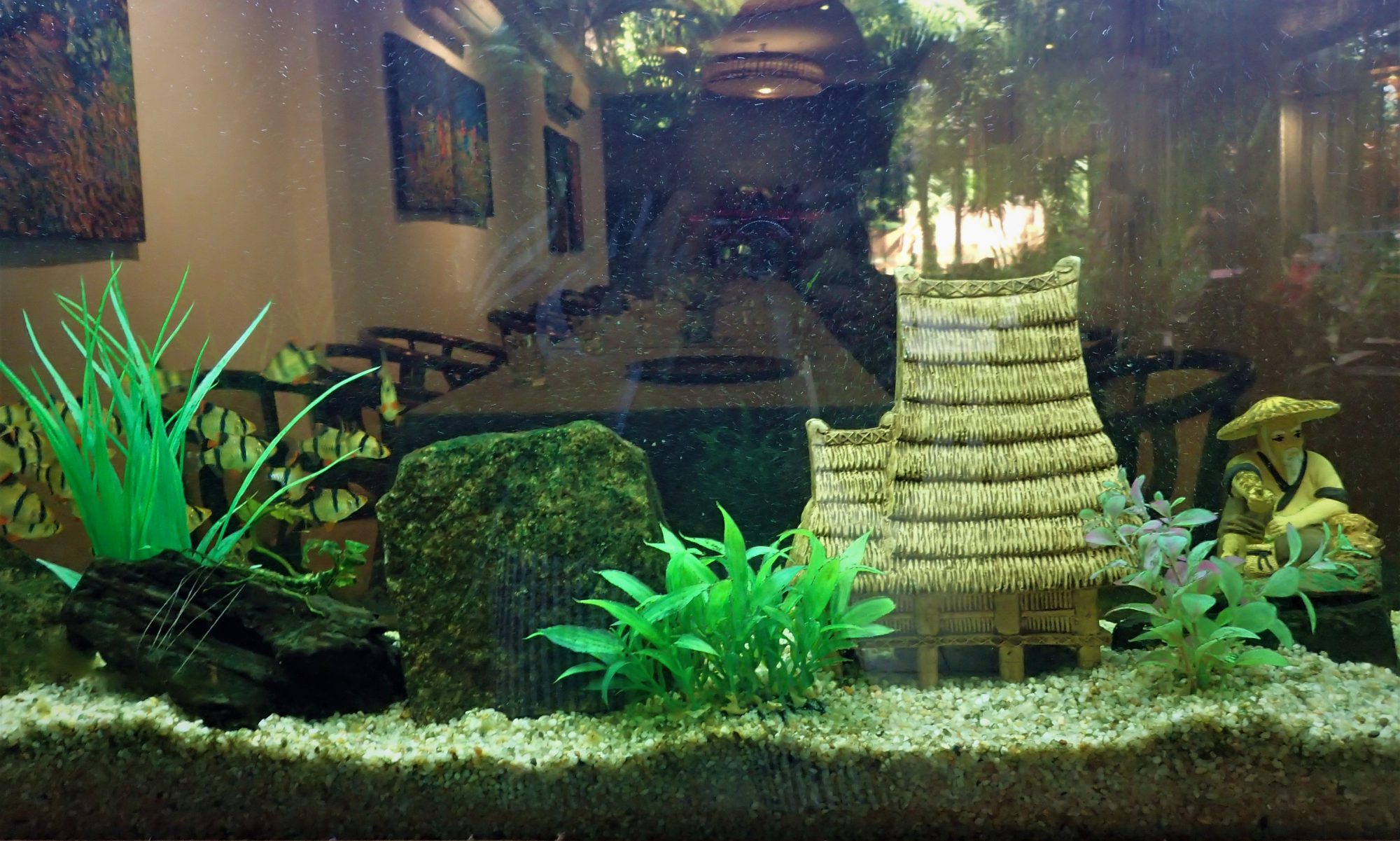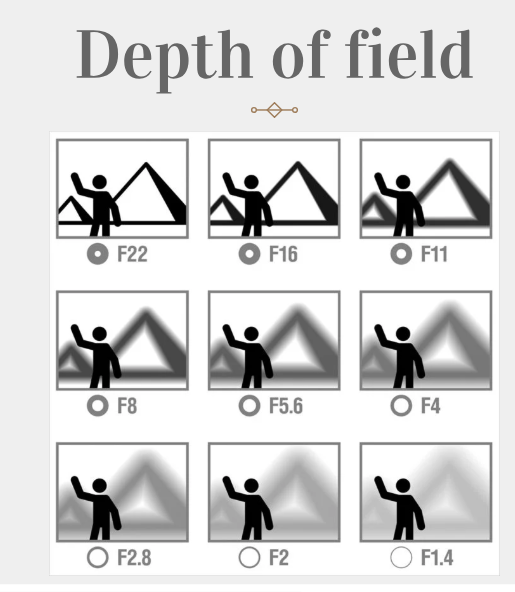Stories are told in many different ways not just words. You can use photos, videos etc, but you need to have good structure and skills in order to let people understand your story. I was introduce to Pixar story structure.
- Once upon a time, there was …… ( Introduction )
- Every day………. ( What do characters usually do? )
- One day………. ( Turning point )
- Because of that………… ( How the story change based on the turning )
- Because of that……… ( What happened next after the turning point )
- Until finally……….. ( Ending )
A Non Typical Girl ( Pixar Story Structure )
Once there was a 13 years old girl who wants to become a basketball player but don’t know how because her legs are paralyzed since she was 9. So she has to stay on the wheelchair every time. Everyday after her home school hours, she always watch basketball match, nor her father playing in the court. Until one day, she has seen a match with players who are sitting on wheelchairs like her. Because of that, she decided to ask her father for basketball training. Because of that, she could join the a wheelchair basketball team. Until finally she has succeeded her goal which to become a basketball player.
A lot of times stories need pictures to support and we can tell stories throughout pictures too. That require photography skills basic understanding of camera.
Composition tips :
- Straight horizon : make sure the background or anything in the picture is straight
- Rule of third : try to line something on any of the line

- Head room : give some head space to the picture
- Lead room : give some leading space to the picture if it is moving
- Symmetry : divide one picture equally by two thing
- Depth : give order to items is the picture.
- Frame : put something in front of the view
- Leading lines : there are some lines that point to one thing
Camera shot types :
- Long shot : see a lot of views
- Full shot : we can see someone from head to toes and there are also some space
- Medium shot : we can see half of a person body
- Close-up : we can ¼ of a person. Usually from chest to head
- Extreme close-up : only show one specific part of anything
- Low angle : we are standing at lower angle than what we want to take
- High angle : we are standing at higher angle than what we want to take
- Eye level : same level as where we are standing
- Dutch angle/ tilt : we take tilted picture on purpose to make the picture looks good
- Over the shoulder

- Bird-eyes view

Basic understanding of camera :
Exposure is the amount of light that come into your camera sensor and that determine how dark or light the photo will be. There are three things that affect exposure :
1.Shutter speed
Shutter speed is how fast your camera take to get one picture. It affect how much light go into your camera. If it takes long times to take one picture, there are more light coming. It measure in fraction of a second. It also affect the motion of the picture. If we take pictures of action, we would want to use fast shutter speed or else the picture won’t be clear.
2.Aperture
Aperture is how big you len is open. It affects the depth of feel and it measure as f-stop. The smaller number the f-stop, the wider the lens open, the more light coming in and it has shallow depth of feel.
3.ISO
ISO is how sensitive your camera is to light and it mostly refer fake light that is added to your picture. The higher of the ISO, the sensitive your camera is to light and your picture will be brighter.
It is also great to tell your stories using video. Here are some tips
1. Steadiness : don’t zoom and pan constantly and make sure each video is at least 10 second. Use tripod if needed. You should hold your camera using both hand and make sure it is close to your body and also bend your knee a little bit.
2. Sound : use a microphone to record because good sound can make your video more effective.
3. Lighting : find a good spot of light that make your video bright ( people don’t want to see dark face )
4. Different types of footage : A-roll is an interview video of one or two people. B-roll is action video that can gives details to A-roll.
5. Shot set up : choose good background. You don’t want anything to distract your video while shooting.

